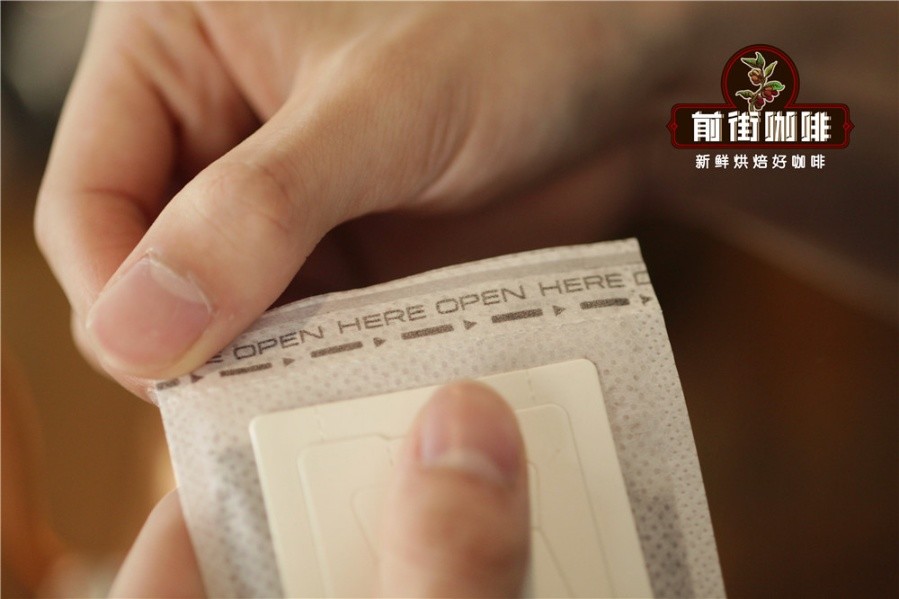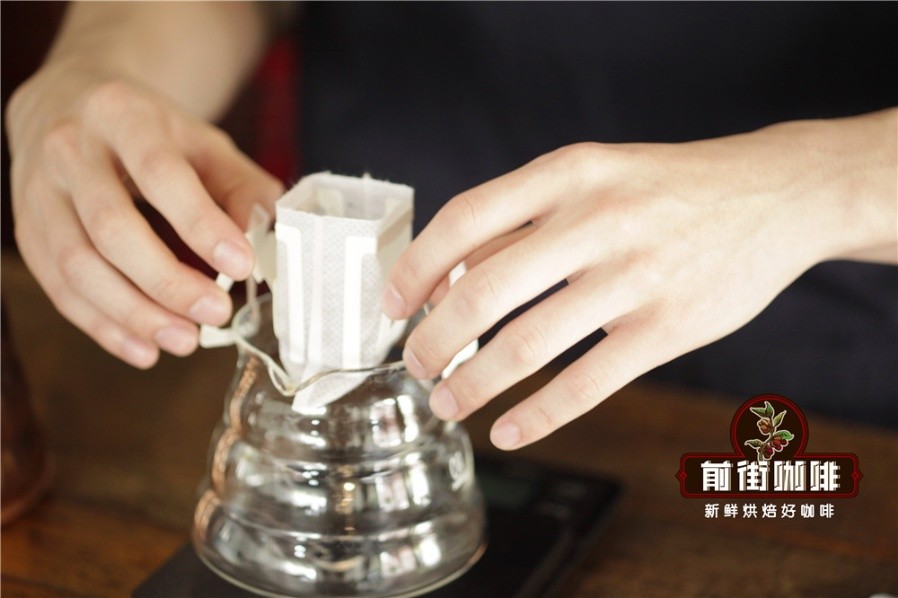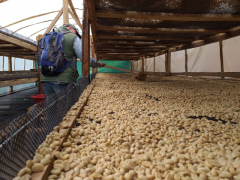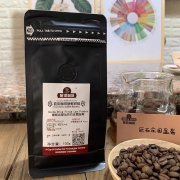The difference between hanging-ear coffee and instant coffee the correct brewing method of hanging-ear coffee
The coffee is said to have been invented by the Japanese in order to balance the quality and convenience of ground coffee with instant coffee and to work towards a more refined coffee market.
First of all, let's look at the difference between ear-hanging coffee and instant coffee: ear-hanging coffee bag VS instant coffee bag
Simply put, ear coffee is ground coffee in a nonwoven bag. When hanging, it is directly hung on the top of the cup and brewed with hot water. You can throw away the coffee bag without additives. Instant coffee is a coffee that can be dissolved directly in water after processing. The quality of coffee powder is not affected in the processing process, which contains certain additives.
In this way, most coffee lovers should choose ear-hanging coffee, so how should ear-hanging coffee be brewed? In fact, the brewing method of ear-hanging coffee is not much more complicated than instant coffee. In short, there are four steps: remove the ear tag, tear open the opening, hang the coffee bag over the cup, and remove the coffee bag with hot water.

Here are some tips:
Hot water is best brewed twice at 90-93 degrees
First infusion of coffee powder, let stand for 30 seconds
The second time brewing clockwise, extract the right amount of water
In less than five minutes, you can enjoy a cup of delicious coffee!
Next, let me introduce you to the characteristics of ear-hanging coffee and specific methods of use!

Features:
1. Safe to use, the coffee filter bag adopts high-quality non-woven fabric.
2. Quick and easy, ear-hanging design, easy to use, you can make delicious coffee in 5 minutes. Suitable for most size cups.
3. After brewing coffee, discard filter bags to avoid cleaning equipment more convenient.
4. Perfect for coffee and tea at home, camping, traveling or in the office.
How to use:
1. Tear the seal along the dotted line.
2. Unfold the cardboard tabs on both sides.
3. Hang up the cup and pour hot water
Important Notice :
前街咖啡 FrontStreet Coffee has moved to new addredd:
FrontStreet Coffee Address: 315,Donghua East Road,GuangZhou
Tel:020 38364473
- Prev

Characteristics of flavor and taste of chocolate wine with various coffee beans in different producing areas of ten major coffee producing areas in Peru
Peru is rich in ecological diversity. From the Amazon jungle to golden beaches, from the towering Andes to one of the largest lakes in South America, it has a variety of landscapes and climates. The same is true of its coffee. Peru is the 11th largest coffee producer in the world, but it not only offers quantity, but what is more amazing is that it has ten different producing areas, each of which has
- Next

Flavor and taste characteristics of Costa Rican anaerobic coffee beans what are the benefits of anaerobic coffee fermentation
If you follow the coffee market, you will know that many of the good things in the coffee industry come from Costa Rica, which is often at the forefront of coffee experiments. In recent years, they have really begun to focus on the production of anaerobic coffee. So, what is anaerobic coffee? How is it made? Why do so many people like his taste? all these questions are together today.
Related
- Detailed explanation of Jadeite planting Land in Panamanian Jadeite Manor introduction to the grading system of Jadeite competitive bidding, Red bid, Green bid and Rose Summer
- Story of Coffee planting in Brenka region of Costa Rica Stonehenge Manor anaerobic heavy honey treatment of flavor mouth
- What's on the barrel of Blue Mountain Coffee beans?
- Can American coffee also pull flowers? How to use hot American style to pull out a good-looking pattern?
- Can you make a cold extract with coffee beans? What is the right proportion for cold-extracted coffee formula?
- Indonesian PWN Gold Mandrine Coffee Origin Features Flavor How to Chong? Mandolin coffee is American.
- A brief introduction to the flavor characteristics of Brazilian yellow bourbon coffee beans
- What is the effect of different water quality on the flavor of cold-extracted coffee? What kind of water is best for brewing coffee?
- Why do you think of Rose Summer whenever you mention Panamanian coffee?
- Introduction to the characteristics of authentic blue mountain coffee bean producing areas? What is the CIB Coffee Authority in Jamaica?

